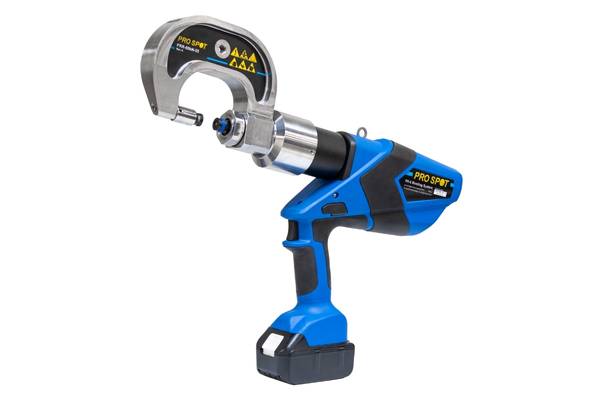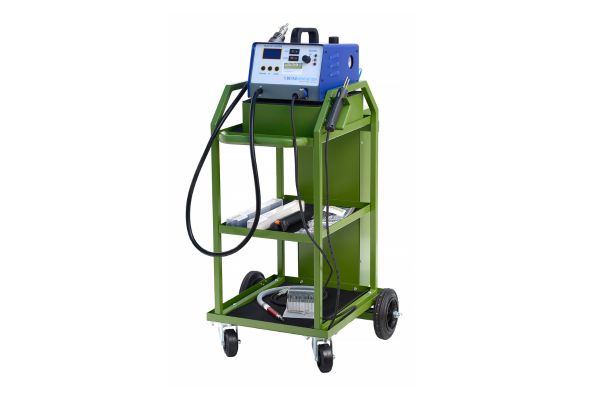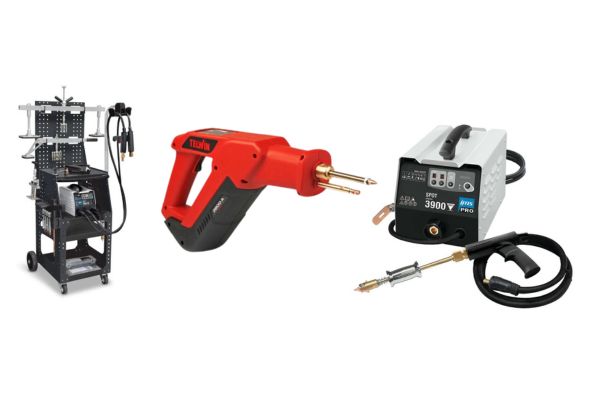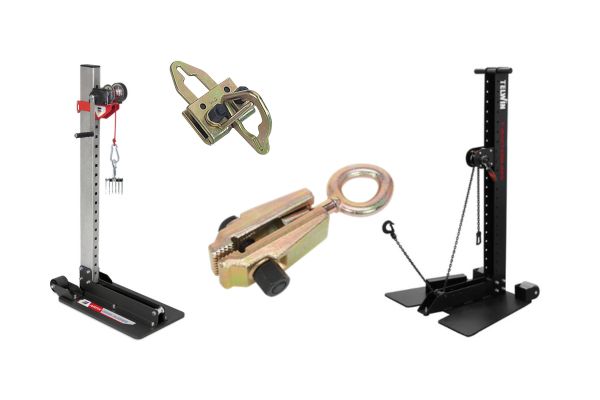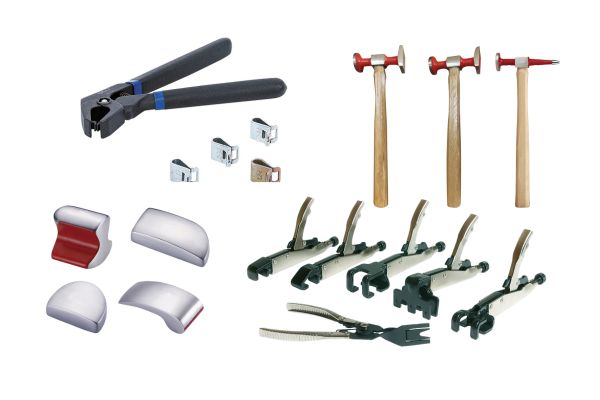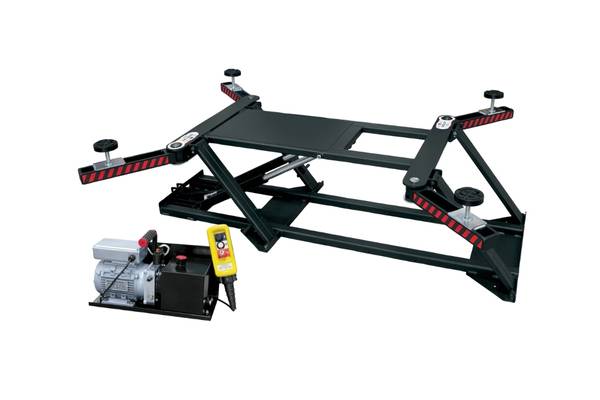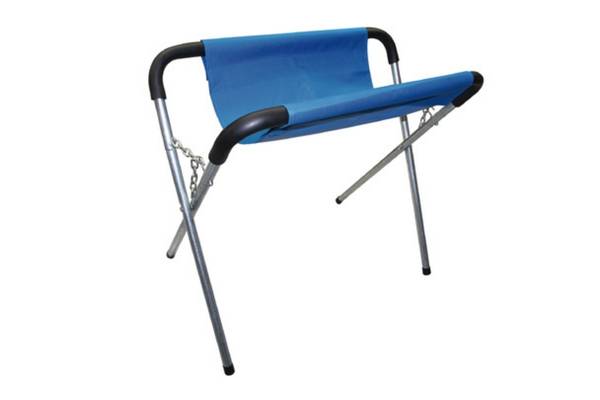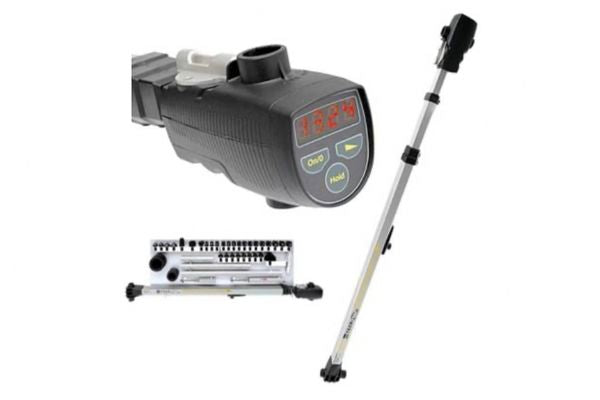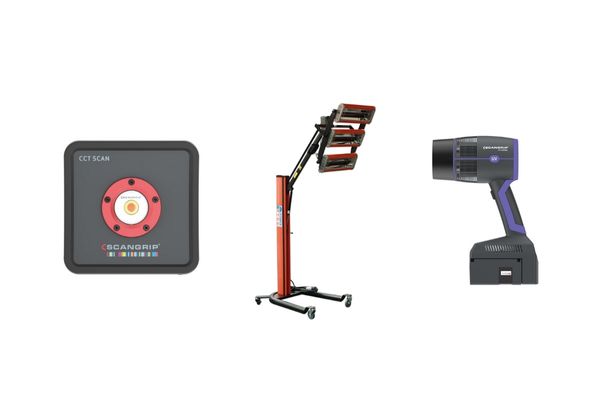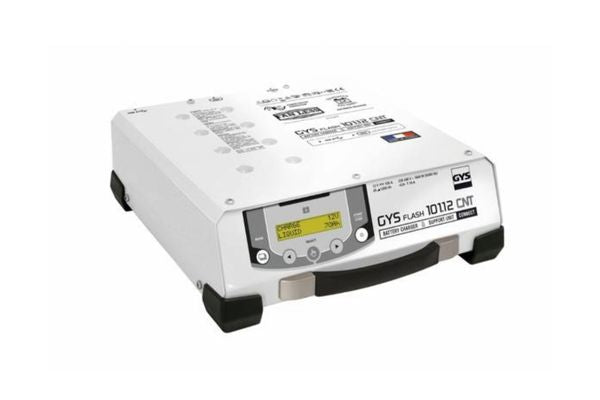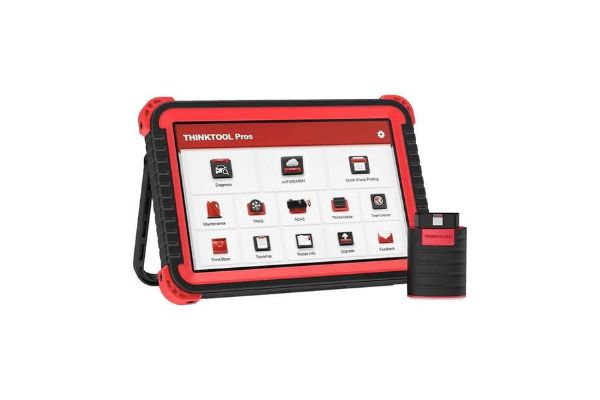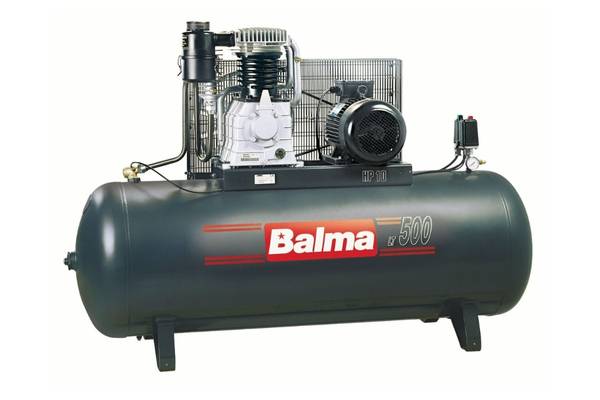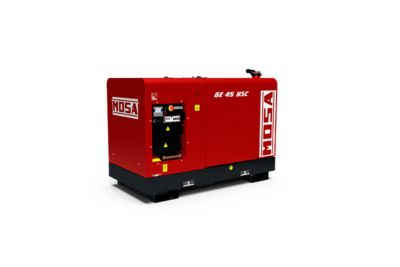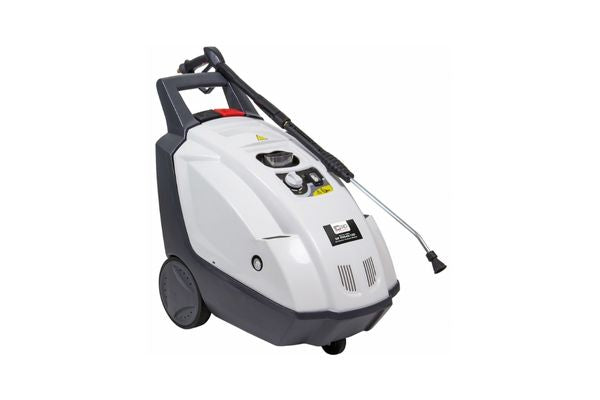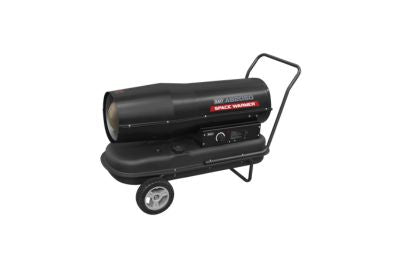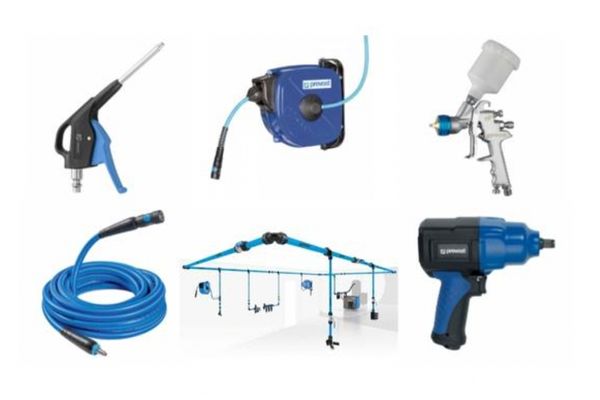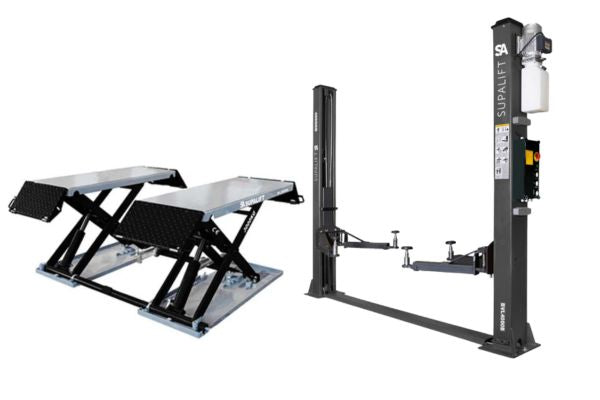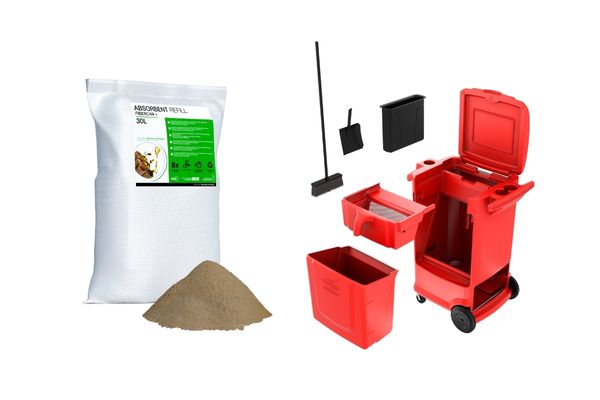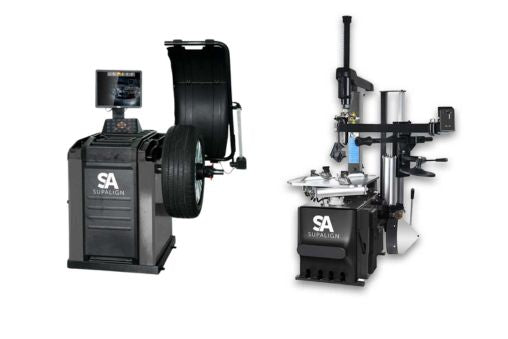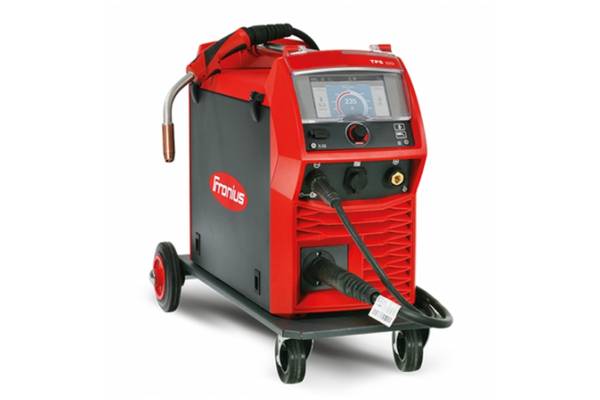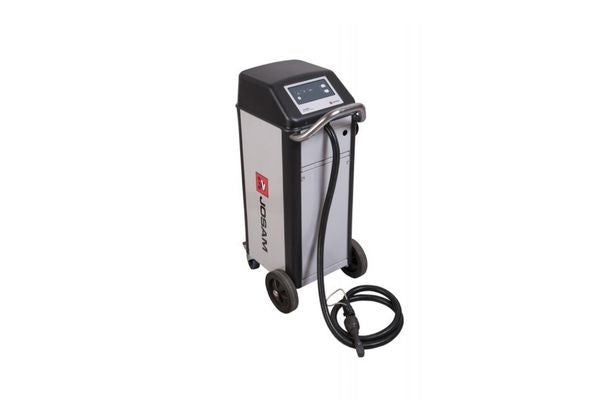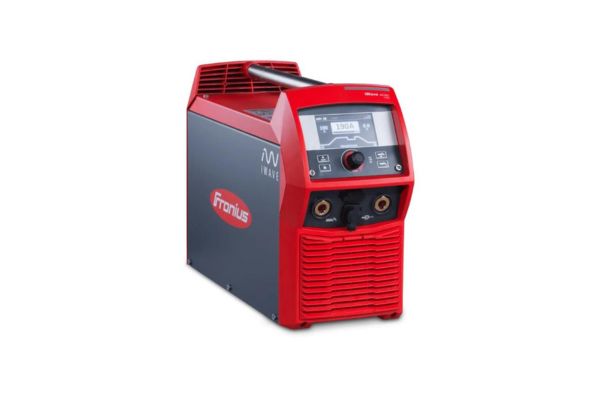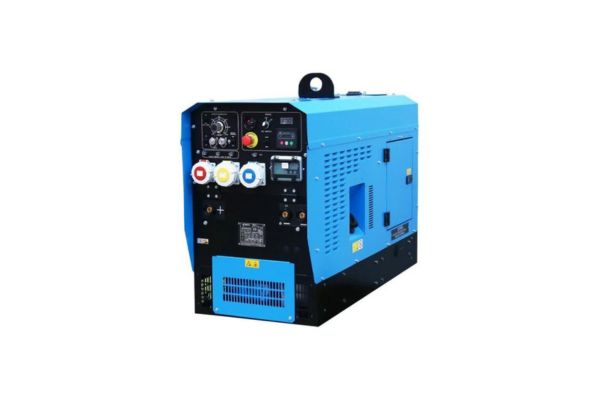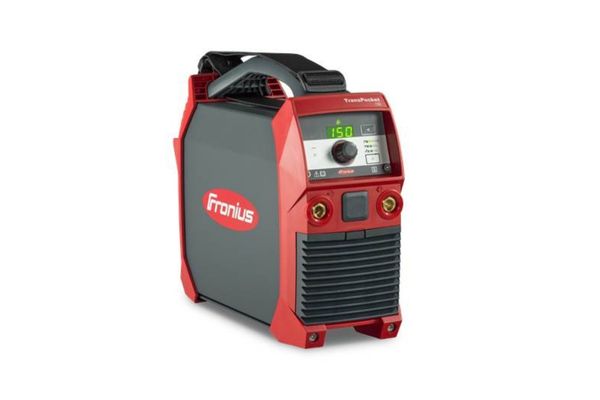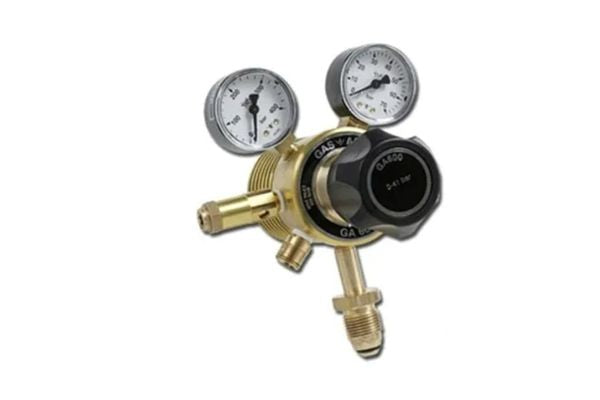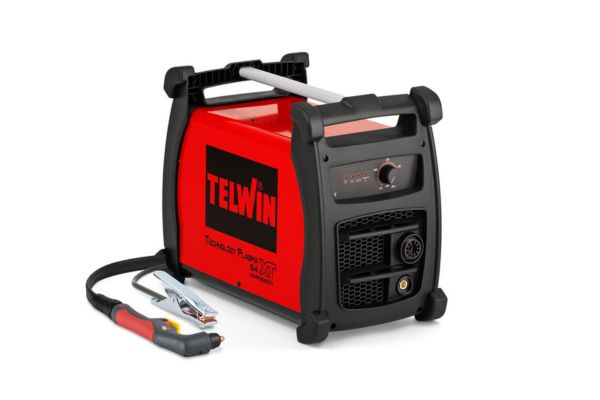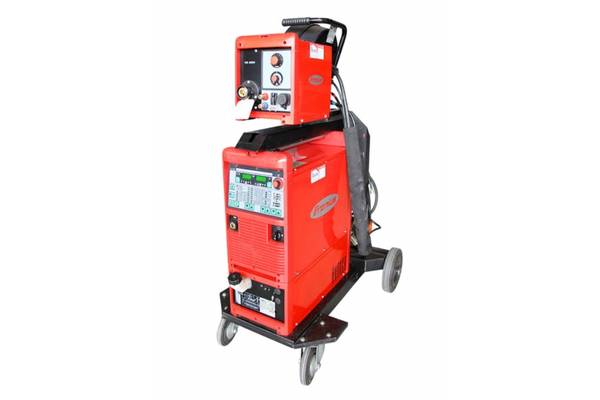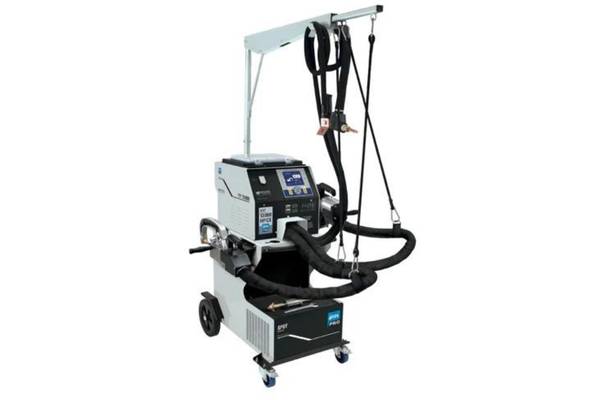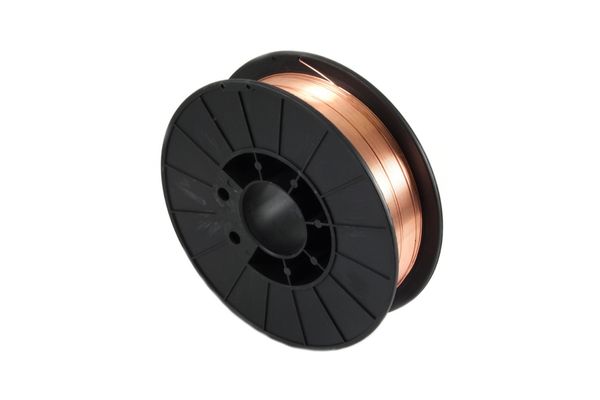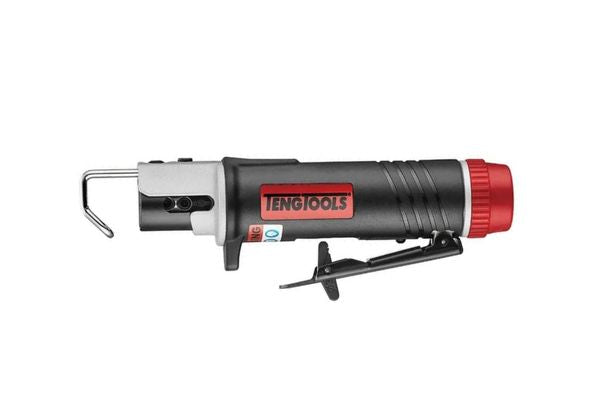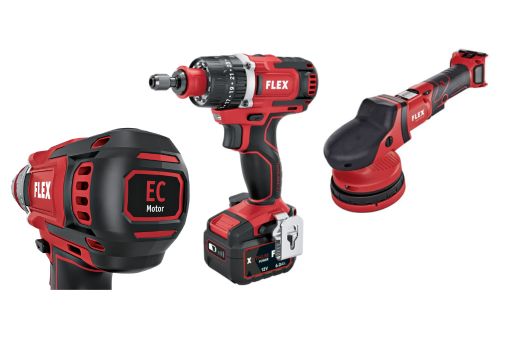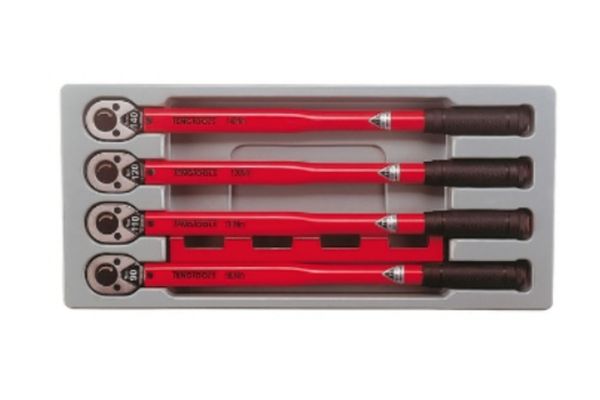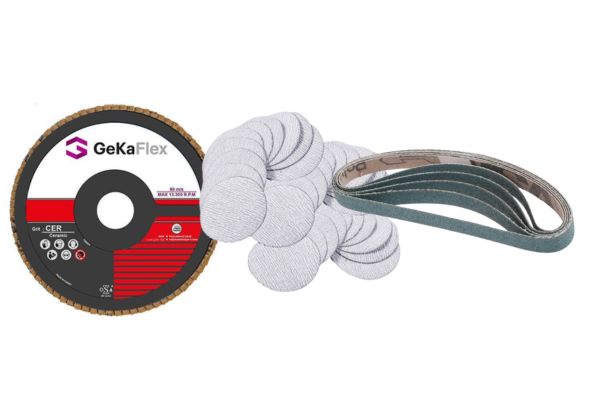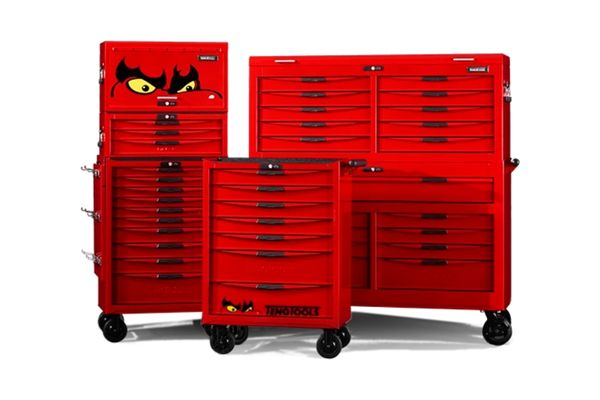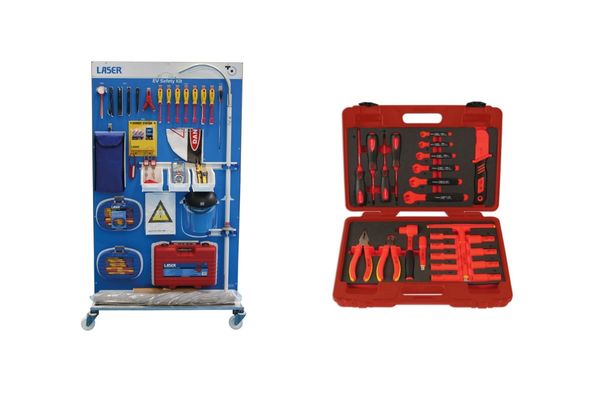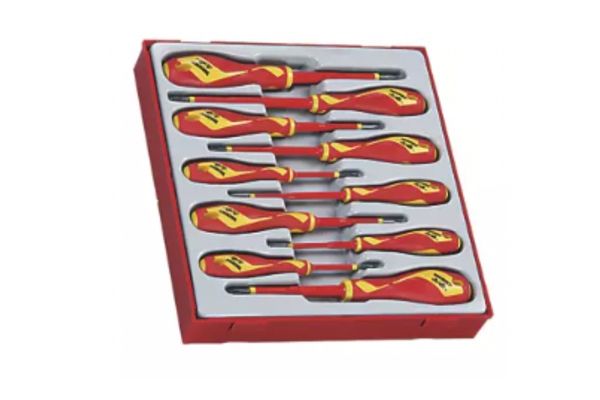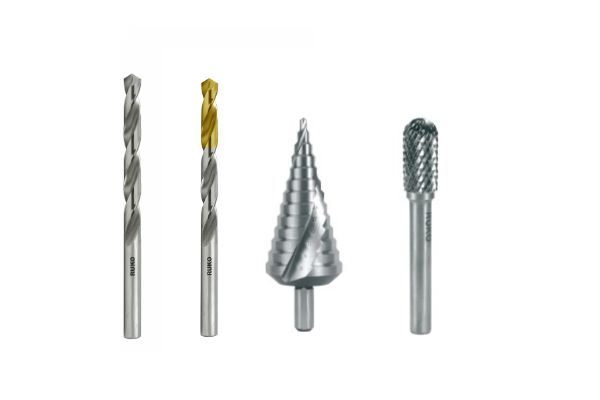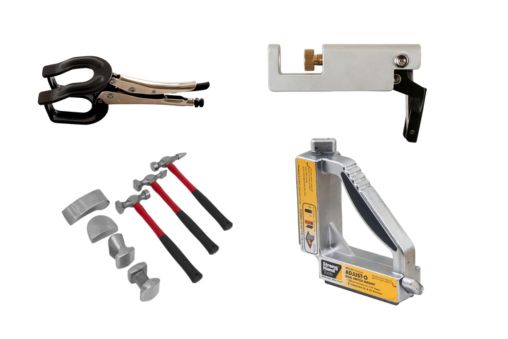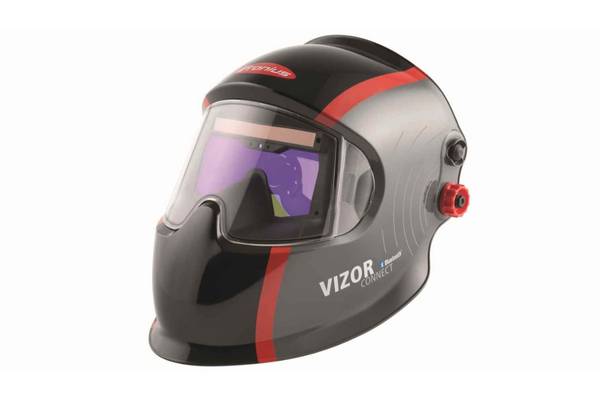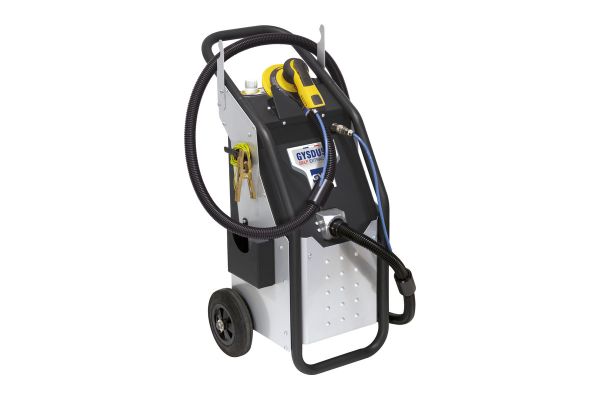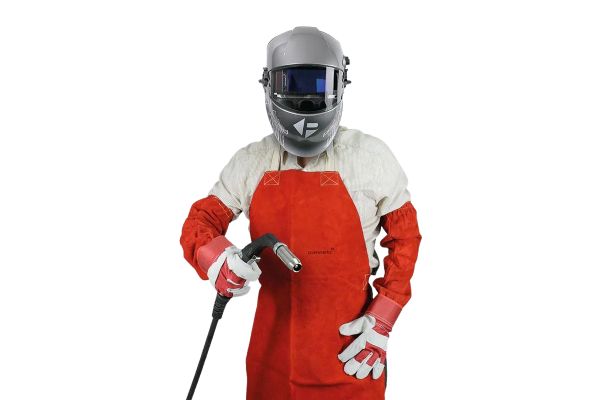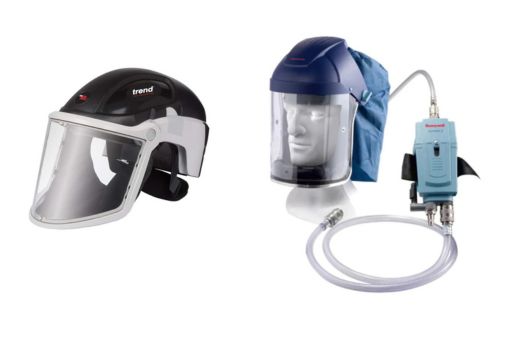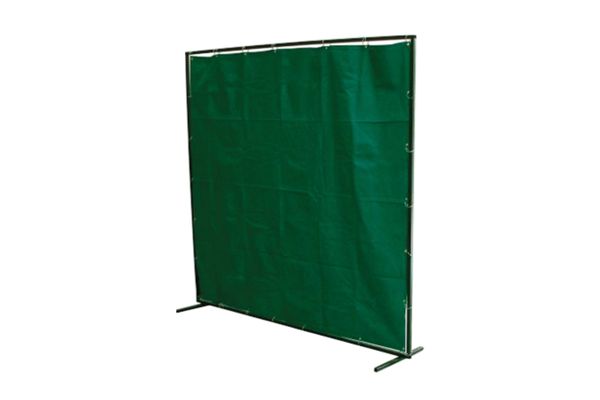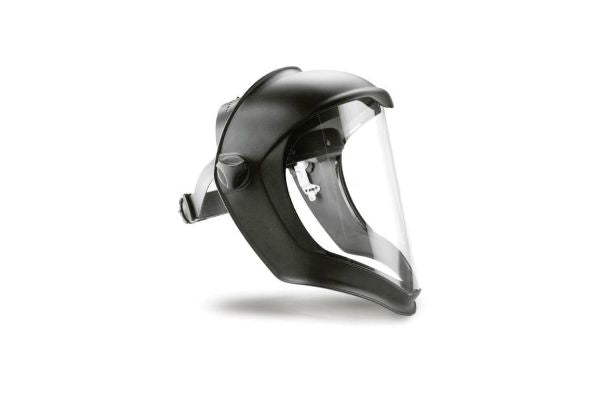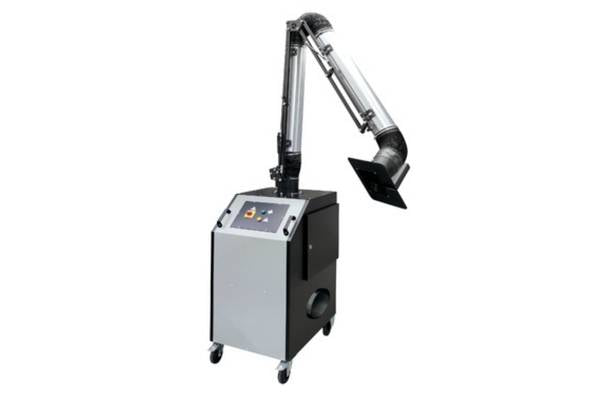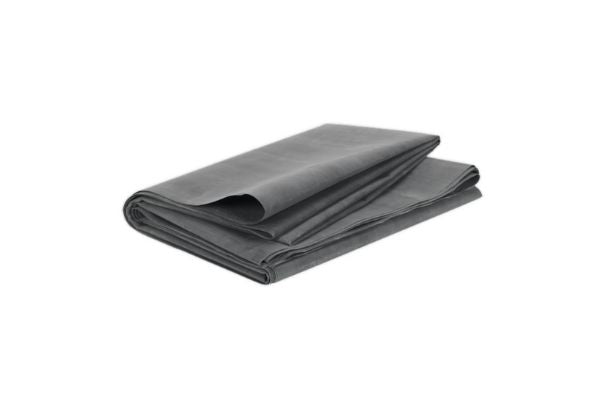NEW Glue Pulling Systems- In Stock!
NEW Glue Pulling Systems- In Stock!
BODYSHOP
WORKSHOP
WELDING
TOOLS
SAFETY

Are Mild Steel Welding Fumes Harmful?
June 24, 2019 2 min read
Are Welding Fumes From Mild Steel Harmful?
The International Agency for Research on Cancer has released new evidence that confirms being exposed to mild steel welding fumes is harmful. The evidence they collected found that these fumes could cause possible kidney cancer and lung cancer in the human body. This has led the Workplace Health Expert Committee to reclassify welding fumes from mild steel as carcinogenic. The end result of this has been a strengthening of the rules from the HSE around all types of welding fumes, mild steel included.
What Are The Symptoms Of Damage From These Fumes?
The most common symptoms you will find are feeling very tired and fatigued all the time. Alongside this, you may also feel a shortness of breath in your day to day life. Fume damage from welding mild steel can also lead to bronchial disease or problems with your lungs. Metal particle poisoning is also another common sign to look out for here and this usually has all the symptoms of a heavy cold.
What Are The New February 2019 HSE Standards?
As befits such a serious discovery, the HSE has released new standards recently around welding health and safety. In general terms, these new guidelines expect all businesses who undertake welding activities to ensure the correct engineering controls are used to deal with any fumes that arise. These new welding regulations have come into effect as the HSE feel that general ventilation does not do enough to protect workers from harmful fumes.
What Can Your Business Do?
Naturally, all businesses who carry out any welding activities need to follow these new legal HSE guidelines. But what can you do to become compliant with them? Here are a few things to think about.- Ensure any exposure to welding fumes indoors or outdoors is controlled adequately. This can be through the use of an LEV or making sure all workers wear mandatory breathing helmets.
- Ensure suitable and adequate RPE equipment is provided if engineering controls alone cannot limit exposure.
- Ensure all engineering controls are used properly by workers. In addition, you should ensure all equipment is well maintained, examined regularly and tested if required.
- Make sure your RPE kit is subject to a thorough RPE programme.
As you can see, there are a few different things that you can do to help remain compliant with the new HSE standards around welding fumes. Whether it is mild steel or other types of welding, you must do all you can to keep your staff safe and your workplace healthy.
To discuss technical information and suggestions contact us via email: sales@basicwelding.co.uk or call us 0044 161 223 1843.
Leave a comment
Comments will be approved before showing up.


